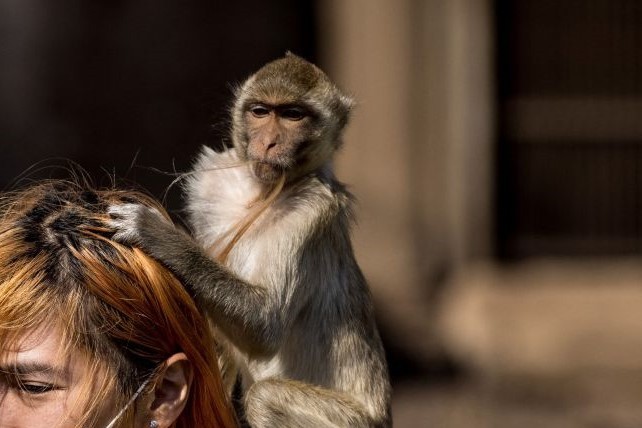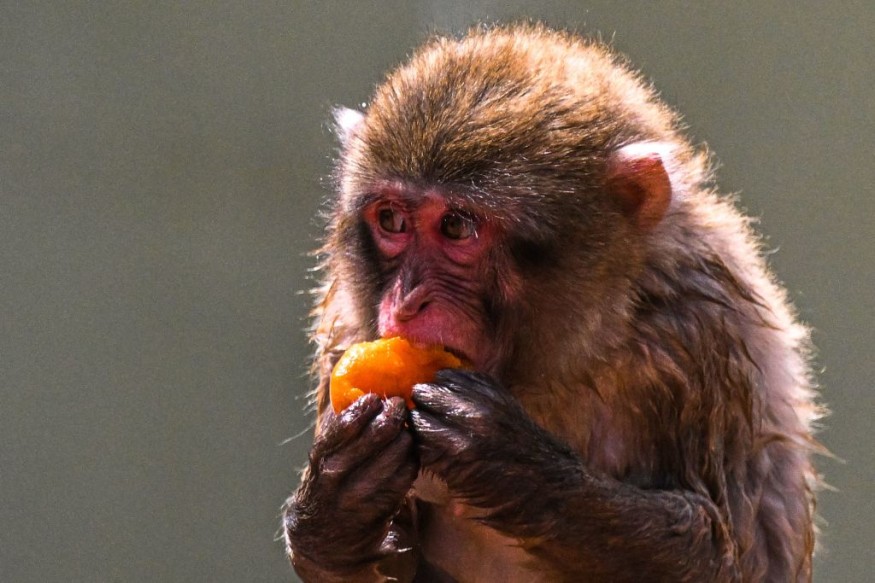Scientists have learned that a conjuror needs a similar anatomy to their audience to fool them by executing a well-known magic trick on three species of monkeys with different hand morphologies.

Using Sleight-of-Hand Tricks
A psychological sleight-of-hand technique known as the French drop is used when a spectator believes an object is being taken from one hand by the hidden thumb of the other hand, according to American Museum of National History.
The Comparative Cognition Lab at the University of Cambridge conducted the study, which revealed that monkeys without opposable thumbs did not fall for the fallacy and were aware of the whereabouts of sweet delicacies a magician attempted to make disappear.
According to the research, it may be necessary to share a biomechanical skill to effectively predict how those paired limbs would move in other people.
This holds even if an illusionist causes those ostensibly correct forecasts to fail miserably. The findings were released in the journal Current Biology today.
Dr. Elias Garcia-Pelegrin, who has been practicing magic for ten years and did the experimental work while pursuing his Ph.D. at Cambridge, explained that magicians utilize complex strategies to trick the observer into believing the impossible, as reported by Science Daily.
Evolutionary Concepts

We can learn more about the evolutionary underpinnings of cognitive flaws that leave us vulnerable to the cleverness of magicians by examining how different primates experience the magic.
According to Garcia-Pelegrin, who was recently hired as an assistant professor at the National University of Singapore, "In this case, whether having the manual capability to produce an action, such as holding an item between finger and thumb, is necessary for predicting the effects of that action in others."
The French drop is a trick novice magicians use to predict the effects of an action.s.
When the coin is no longer visible, the audience assumes it has been taken because they know the thumb is lurking and ready to grab. The magician had quietly put the penny into the palm of the first hand, drawing their attention to the second, only to discover it empty at "the reveal."
Monkeys with opposable thumbs were rewarded with food treats instead of cash after correctly guessing which hand was showing. They practiced the French drop and were entertained with peanuts, dried mealworms, and marshmallows.
Because of their renowned skill, capuchins use stone tools to break nuts in the wild. Each finger can be moved independently, and their opposable thumbs enable a "precision grip" between the thumb and forefingers.
The French drop frequently (81% of the time) tricked the capuchins. They primarily selected the empty second-hand, which led to a shortage of peanuts.
Squirrel monkeys can oppose their thumbs but are less nimble than capuchins and have limited thumb rotation. They cannot use a "precision grip" in the same manner as humans and capuchins, but mealworms that appeared to disappear frequently fooled squirrel monkeys (fooled 93% of the time). This suggests that a monkey doesn't need to be an expert in a movement to forecast it, merely able to accomplish it.
Marmosets have opposable thumbs and fingers that line up to form five equally spaced digits for climbing large tree trunks and are only occasionally captured by magic.
The Cambridge team discovered that species without any hands, such as Eurasian jays, make decisions resembling those of marmosets when faced with the French drop. They attempted to defeat the ruse by hand-to-hand transfers, but capuchins and squirrel monkeys were left out. They also created a variation of the French drop, called the "Power drop," which all monkey species can execute.
Growing Evidence
The study's principal author, Prof. Nicola Clayton FRS, is a professor at Cambridge University's Department of Psychology. "There is growing evidence that the same parts of the nervous system used when we act are also activated when we watch that action being performed by others," she said.
This mirroring in our cerebral motor system may help explain why marmosets could not do the French drop as capuchin and squirrel monkeys could.
Clayton continued, "It's about the manifestation of knowledge; how one's fingers and thumbs move influences how one thinks and what one assumes about the world, as well as what other people might observe, recall, and expect based on their expectations.
Our research presents the intriguing idea that a person's physical makeup significantly impacts their perception, the memory of what they believe they saw, and the capacity to anticipate the manual movements of individuals around them.
For more animal news, don't forget to follow Nature World News!
© 2024 NatureWorldNews.com All rights reserved. Do not reproduce without permission.






